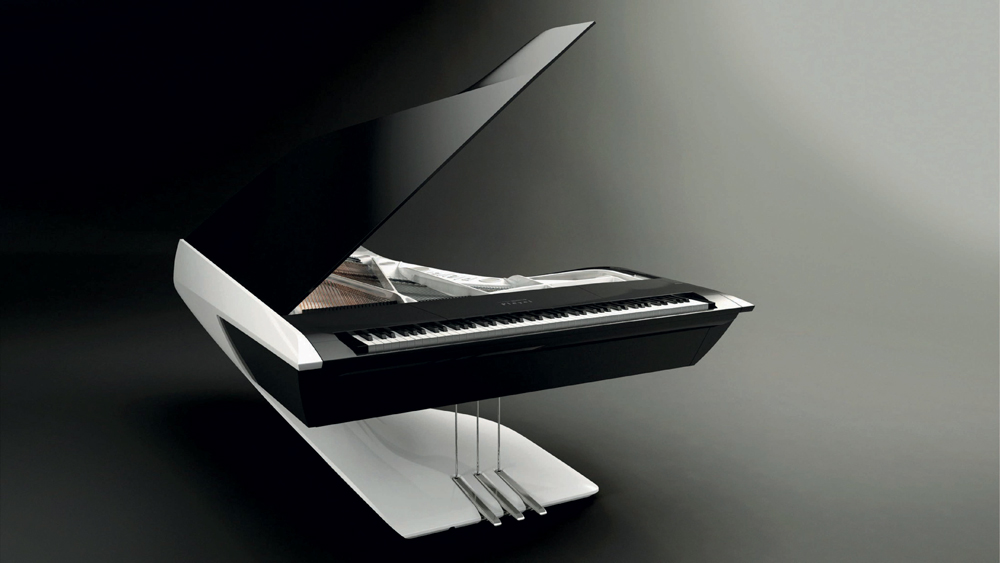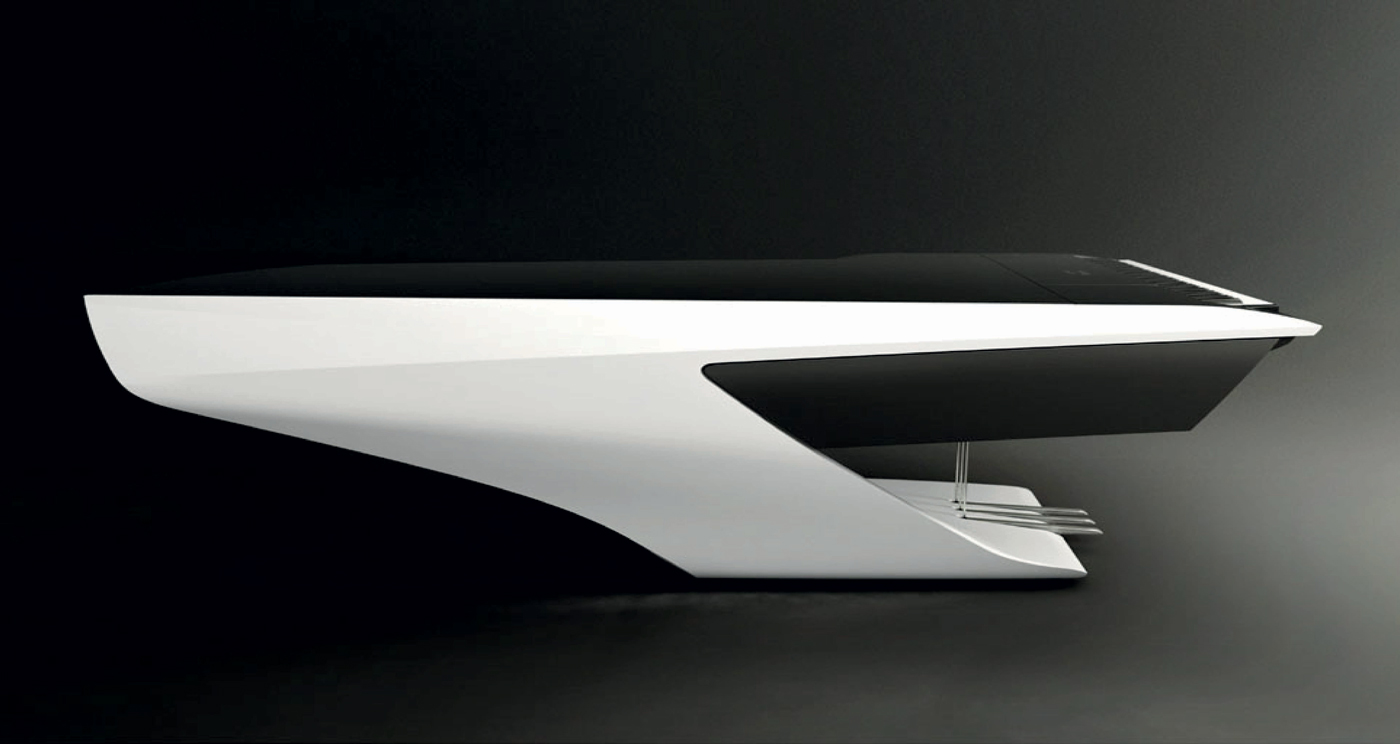

The piano manufacturer Pleyel and Peugeot Design Lab conceive together a piano that overturns the conventions of the music world.
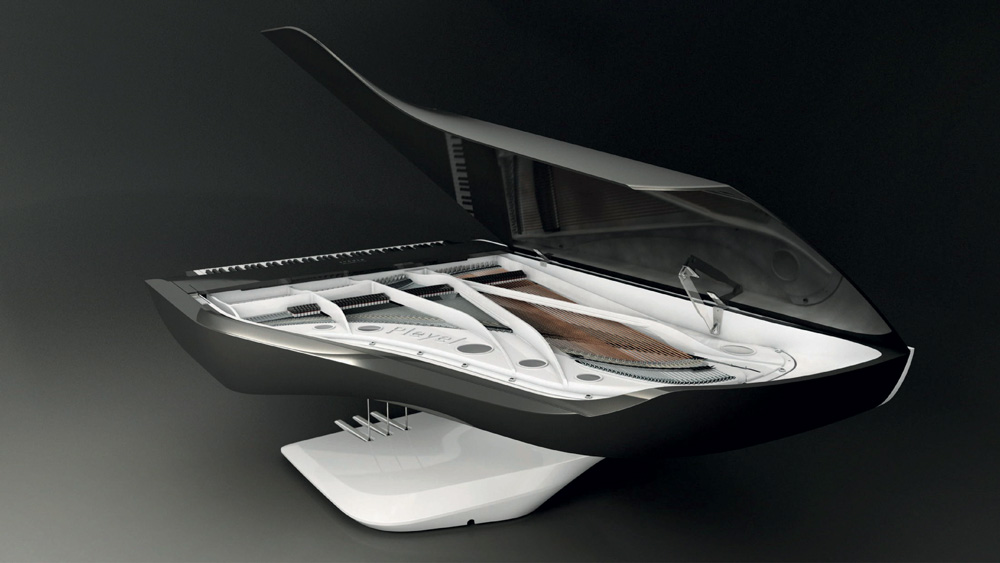

New architecture and UX
The lowering of the mechanics allows the aligning of the pianos cover and keyboard. For the first time in the history of the piano, the audience can see the artist play from any viewing angle. This shows off the pianist’s hands and creates a higher level of interaction with the audience. Moreover, the pianist hears the sound of their instrument with a level of quality never previously attained. The lowered action no longer inhibits the sound projection, which consequently becomes immediate.
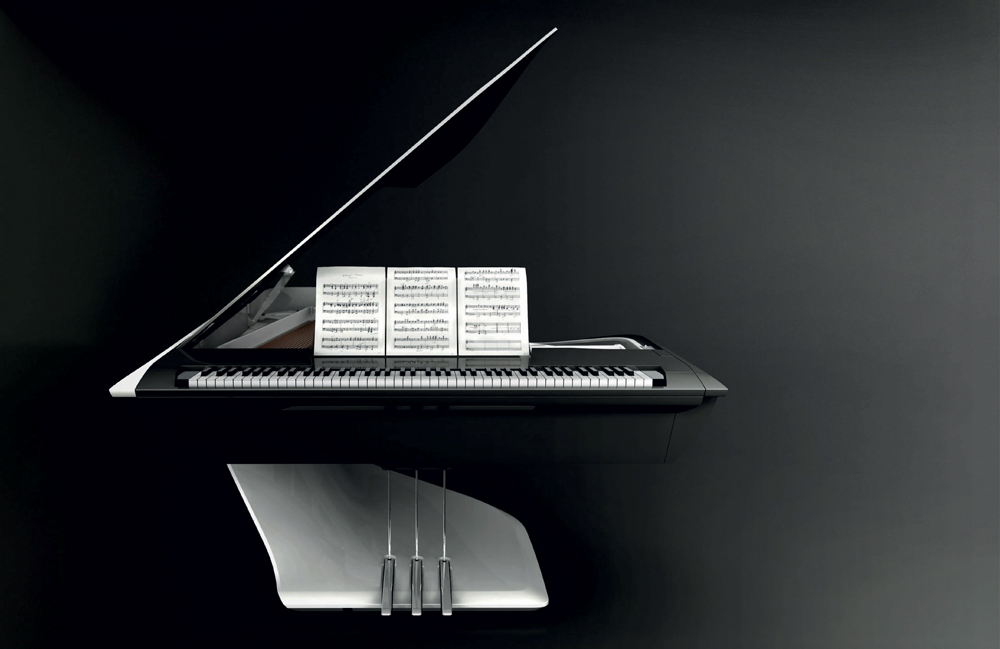

New sound quality
Although the body of the piano and the soundboard are made of wood, which reacts best to sound, the lid and the leg have been made of carbon fibre for its properties of lightness and also of sound projection. The final development of this piano of the future required months of research, study and tests. The objective was above all to retain Pleyel’s high sound quality, simultaneously subtle, coloured, with powerful bass and scintillating treble, harmonised on the timbre, as to retain its unique touch.
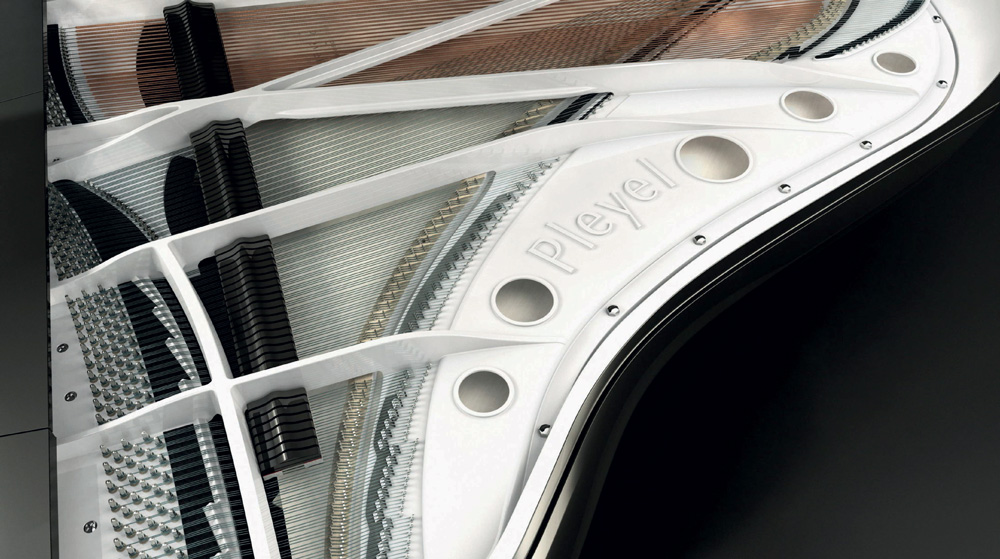

Revolutionary design
Even though the piano retains its black lacquer finish, one of the classic cues of the piano world, we have completely revisited the instrument by endeavoring to change all of the traditional conventions, as regards volume, ergonomics and construction. The piano possesses all quality and sophistication of surface from the world of the automobile. In this way, its soft and structured silhouette takes the look of the streamlined hull of a competition sailing boat. With its sculptured surfaces and aerodynamic look, the piano has a slender appearance and is resolutely revolutionary.
